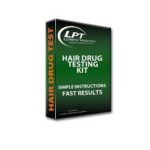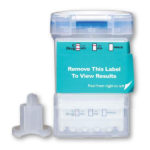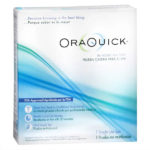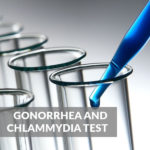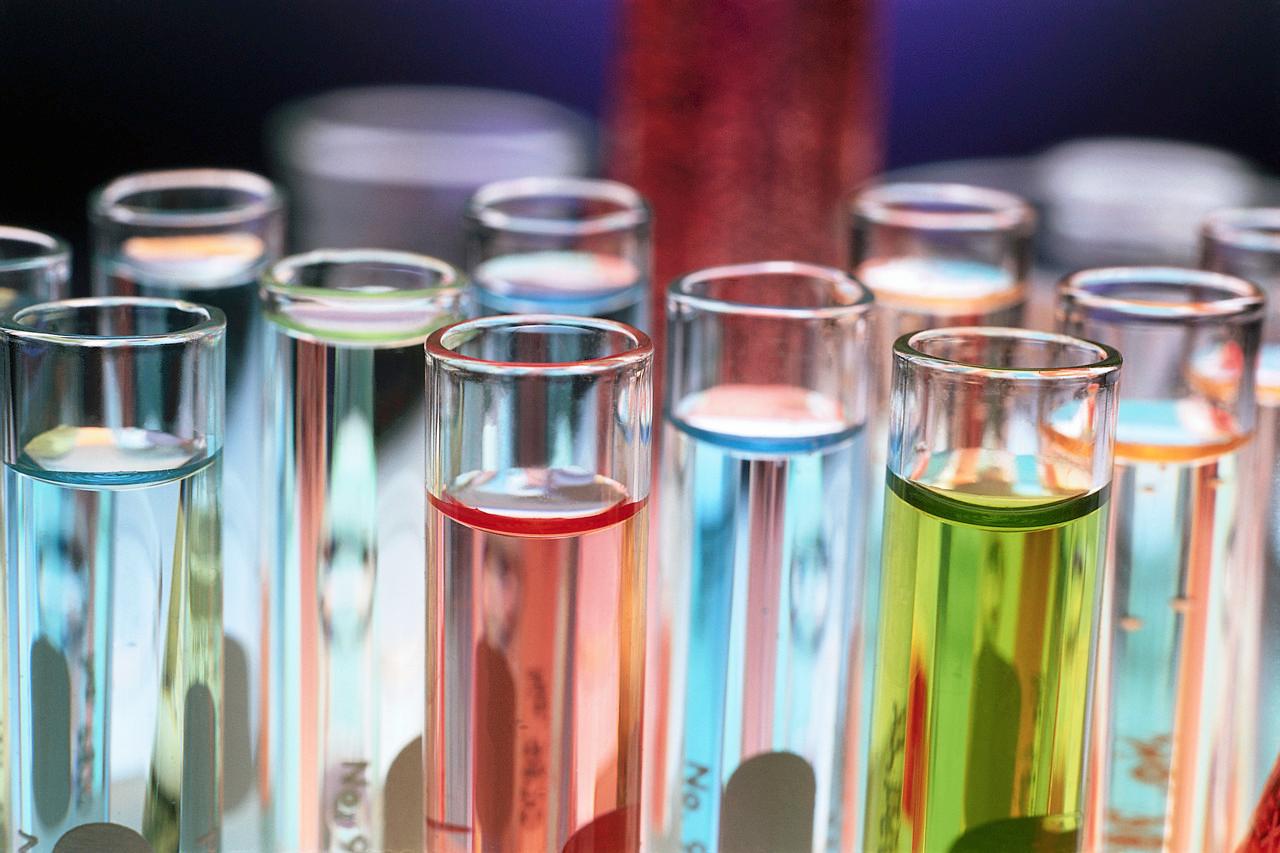
Drugs have certain “detection windows”—the amount of time after ingestion during which evidence of their use can be detected by a drug test. Though it might not be wise to publicize detection windows and invite employees who may use drugs to push their limits, when implementing drug testing, it is important to understand them. For instance, alcohol is absorbed and eliminated more quickly than other drugs. This is why post-accident testing procedures often require testing for alcohol to occur within two hours. Other drugs are eliminated from the system at different rates and thus detectable for different periods of time, often long after the drug’s effect has worn off. The following are estimates of the length of time that certain drugs are detectable:
- Alcohol – 1 oz. for 1.5 hours
- Amphetamines – 48 hours
- Barbiturates – 2-10 days
- Benzodiazepines – 2-3 weeks
- Cocaine – 2-10 days
- Heroin Metabolite – less than 1 day
- Morphine – 2-3 days
- LSD – 8 hours
- Marijuana – casual use, 3-4 days; chronic use, several weeks
- Methamphetamine – 2-3 days
- Methadone – 2-3 days
- Phencyclidine (PCP) – 1 week

